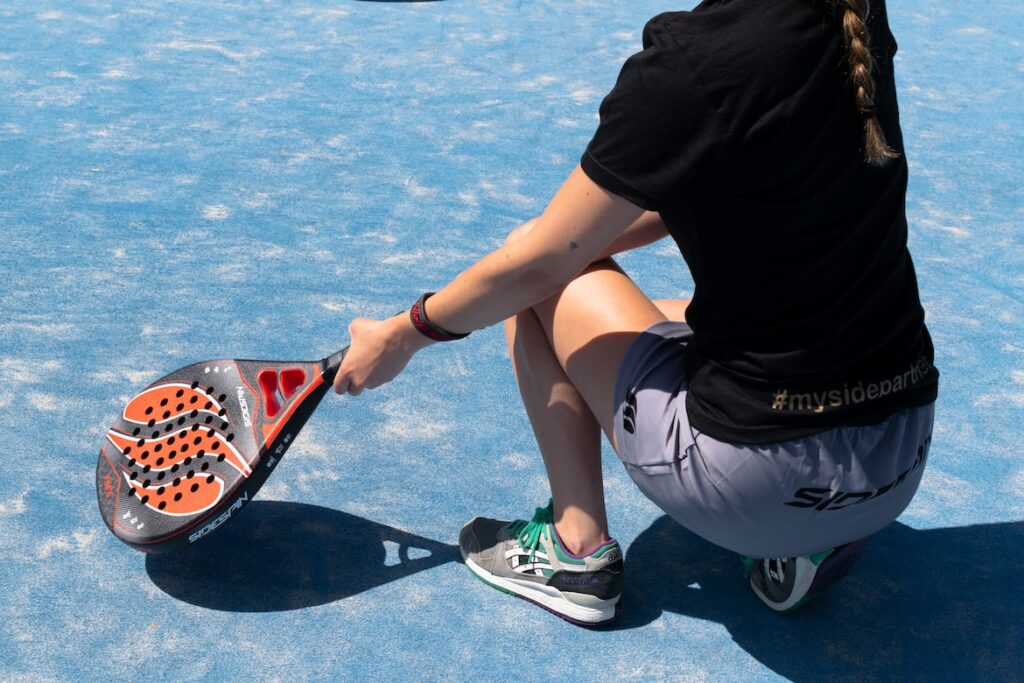The Rules of Padel: Explaining the Let Rule
3 min read
The Rules of Padel: Explaining the Let Rule
Greetings, fellow padel enthusiasts! Today, let’s dive into the fascinating world of padel rules and shed some light on a topic that often leaves players scratching their heads: the let rule. What exactly is a let in padel, you may be wondering? Fear not, for I, your friendly neighborhood padel expert, am here to guide you through this mysterious realm.
Understanding the Let Rule
In simple terms, a let in padel refers to a situation where a point needs to be replayed due to unforeseen circumstances during play. It’s like getting a second chance at that killer shot you just missed. Exciting, isn’t it?
Picture this: you’re in the midst of an intense rally, sweat dripping from your brow, when suddenly, a loud noise from the adjacent court disrupts your concentration. Ah, the dreaded let! But wait, what does it mean?
The let rule comes into play when a point is hindered by external factors beyond the control of the players. These factors could include a ball rolling onto your court from another match or an unexpected interruption, like a wayward bird swooping down for a quick peek at your skills.
The main purpose of the let rule is to ensure fair play and give all competitors a fair chance at displaying their padel prowess. After all, it’s only fair that you have a fighting chance to showcase those killer shots you’ve mastered through hours of practice.
When is a Let Called?
Now that we understand the essence of a let rule, let’s explore some common scenarios that would prompt its invocation:
- Interference: If a player’s shot is hindered by an external object or person, such as a ball from an adjacent court or an overly enthusiastic spectator who accidentally steps onto the playing surface, a let is generally called. It would be quite unfair to expect you to perform miracles while dodging obstacles, wouldn’t it?
- Equipment Failure: Imagine you’re gracefully running towards the net, ready to deliver a smashing shot, when suddenly your trusty racket snaps in two. Oh dear, calamity strikes! Don’t despair, my friend. In such an unfortunate event, the let rule swiftly sweeps in, granting you another shot. Phew!
- Outside Interference: Sometimes, events beyond the court can impact the game. If a ball or object from a different sport flies into your playing area and causes a disturbance, you have the right to claim a let. Who would have thought you’d need to defend yourself against rogue footballs or stray golf balls?
Calling a Let
Now that you know the situations where a let can be called, you may be wondering how it’s actually done. Well, dear reader, there is no formal ritual involved. In fact, a simple shout of “let!” is usually sufficient to alert your opponents and the referee that you’re requesting a do-over.
However, it’s important to remember that not all situations warrant a let. A let is not called for minor disturbances or instances where the outcome of the point is unaffected. After all, we wouldn’t want to turn every misstep into a let fest!
In Conclusion
So there you have it, fellow padel aficionados! The let rule, in all its glory, ensures fair play and allows for unforeseen disruptions to be dealt with efficiently. A let in padel grants you a second chance to showcase your skills, allowing the game to proceed smoothly despite unexpected interruptions.
Next time you find yourself engaged in a thrilling padel match, stay calm and remember the let rule. Keep in mind the situations that warrant a let and don’t be shy to claim your do-over when appropriate. Happy playing, and may the let rule work in your favor!







